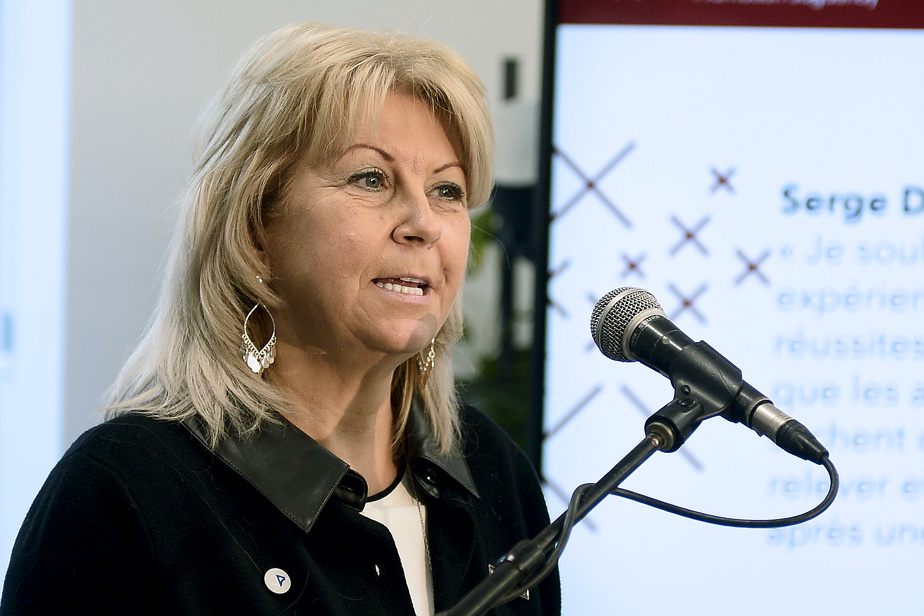What is the mission of the Aluminum Valley Society (SVA)?
We are a pole of attraction aimed at creating wealth in the Aluminum Valley. In other words, we help companies in the sector to grow and emerge by supporting projects developed in collaboration with them.
However, we are only involved with secondary processing companies, that is, those that manufacture products such as cables and rods, as well as third processing. In this case, they rather manufacture finished products such as equipment or a window. We leave everything related to the primary to our major players.
What are you doing, concretely, to accomplish this mission?
We have four areas of intervention.
First, we are working to increase the accessibility and quality of support for entrepreneurs. Then, we promote the emergence of new production activities. Finally, we help to strengthen the links and also to coordinate the Center of Excellence in aluminum transformation, of which I am also the director.
What does this mean in terms of volume and variety of projects?
The SVA has 135 members, the companies we are responsible for supporting. This involves advising them, and finding them suppliers and partners. We are also responsible for carrying out studies to analyze the potential establishment of a new factory or the development of a new manufacturing process.
In terms of workload, I would say this has been the busiest year for us since I joined the company six years ago. Currently, we are managing 15 projects stemming from the Québec Aluminum Development Strategy. We have about twenty others that touch on topics as varied as the workforce and digital technology. They should be completed within one to five years.
Do you have some examples of promising projects?
Our projects are confidential, so we can’t reveal all the details, but we have one concerning the integration of women in the industrial environment, for example. Launched in September, it should allow significant benefits: in some factories, there are still no toilets for women.
We have also started projects to develop new equipment as well as another industrial symbiosis project that could well turn into a circular economy project. Because one company’s waste can be another company’s raw material.
What is the success you are most proud of in recent years?
We are particularly pleased to have completed Espace Aluminium, a building that now houses four organizations specializing in the aluminum sector. It will allow everyone to work more easily.
What is the biggest challenge in your sector right now?
It’s always labor.
Businesses are sometimes offered development funds and they hesitate because they lack employees. 4.0 and foreign labor help a bit, but it’s still problematic.
Salaries are high, so young people prefer to work: currently, in Saguenay, there are no students enrolled in AEC programs in aluminum processing. It’s a vicious circle.
We have launched working committees with schools, so we are in solutions mode.
